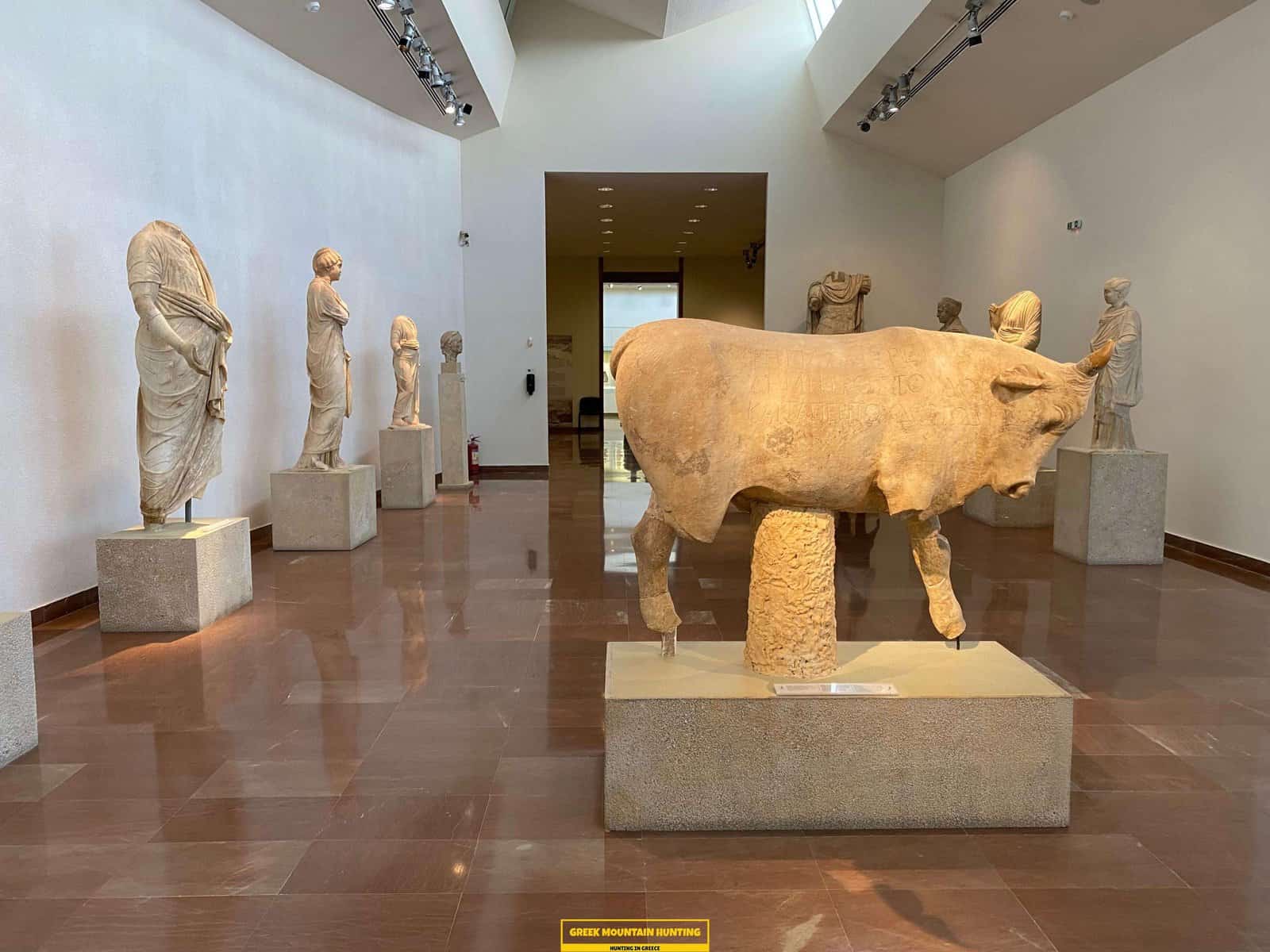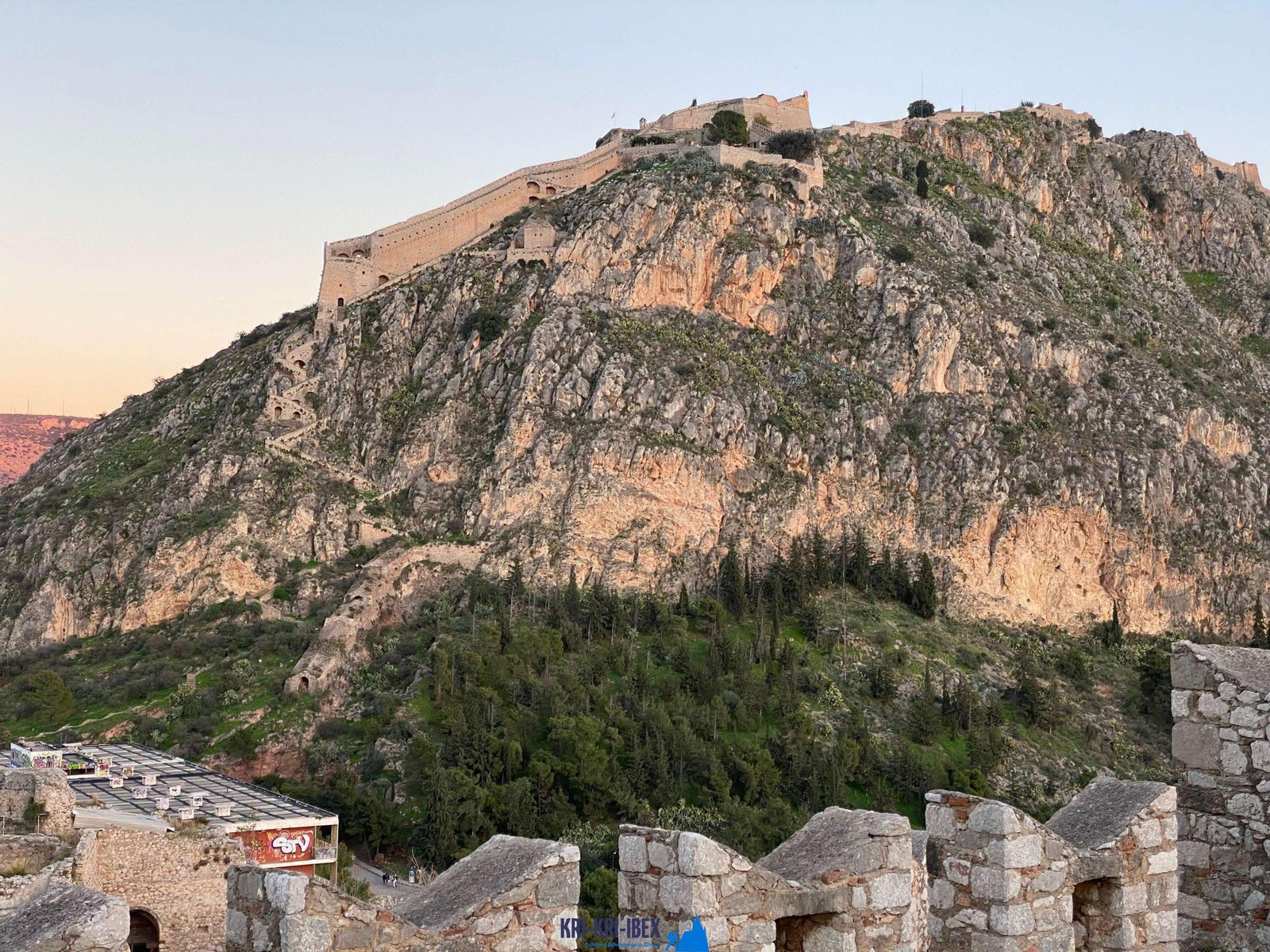A trip to bear in mind - outdoors and in great firm
A trip to bear in mind - outdoors and in great firm
Blog Article

Searching for Kri Kri ibex in Greece is an incredible getaway and also an amazing searching exploration all rolled into one. For many hunters, ibex hunting is a challenging undertaking with miserable problems, but not in this case! During 5 days of visiting old Greece, diving to shipwrecks, as well as spearing, you'll come across beautiful Kri Kri ibex on an unique island. What else could you desire?

This Ibex is not a little Capra aegagrus bezoar ibex, which has actually moved to the western extremity of this species' range. The kri-kri (Capra aegagrus cretica), likewise referred to as the Cretan goat, Agrimi, or Cretan ibex, is a feral goat living in the Eastern Mediterranean. The kri-kri has a light brown layer with a darker neck collar. 2 sweeping horns project from the head. During the day, they conceal to stay clear of tourists. In nature, the kri-kri can leap or climb seemingly sheer high cliffs.
On our Peloponnese tours, you'll reach experience all that this incredible region has to supply. We'll take you on a scenic tour of several of the most stunning and also historical sites in all of Greece, consisting of ancient ruins, castles, as well as much more. You'll also reach experience some of the standard Greek culture direct by appreciating a few of the scrumptious food as well as red wine that the region is known for. And also obviously, no trip to Peloponnese would certainly be complete without a dip in the shimmering Mediterranean Sea! Whether you're a knowledgeable hunter seeking a first-time vacationer or a brand-new adventure simply looking to check out Greece's stunning landscape, our Peloponnese scenic tours are best for you. So what are you waiting for? Book your journey today!
There is absolutely something for every person in the Peloponnese peninsula. Whether you want background and also society or nature as well as outside activities, this is a perfect destination for your next getaway. If you are short on schedule, our hunting and also visiting Peloponnese Tours from Methoni is an excellent method to see everything this awesome area needs to offer.And finally, your Kri Kri ibex trophy is waiting for you.
What is the diference between Kri Kri ibex, Bezoar ibex and hybrid ibex
The kri-kri is not thought to be indigenous to Crete, most likely having been imported to the island during the time of the Minoan civilization. Nevertheless, it is found nowhere else and is therefore endemic to Crete. It was common throughout the Aegean but the peaks of the 8,000 ft (2,400 m) White Mountains of Western Crete are their last strongholds–particularly a series of almost vertical 3,000 ft (900 m) cliffs called ‘the Untrodden’—at the head of the Samaria Gorge. This mountain range, which hosts another 14 endemic animal species, is protected as a UNESCO Biosphere Reserve. In total, their range extends to the White Mountains, the Samaria National Forest and the islets of Dia, Thodorou, and Agii Pandes.
This Ibex is NOT a diminutive form of the Bezoar Ibex, which has migrated into the western-most reach of the range of this species. The kri – kri (Capra aegagrus cretica), sometimes called the Cretan goat, Agrimi, or Cretan Ibex, is a feral goat inhabiting the Eastern Mediterranean, previously considered a subspecies of wild goat. The kri-kri has a light brownish coat with a darker band around its neck. It has two horns that sweep back from the head. In the wild they are shy and avoid tourists, resting during the day. The animal can leap some distance or climb seemingly sheer cliffs.
“The agrimi goat Capra aegagrus cretica is unique to Crete and its offshore islands. It has been identi®ed as a sub-species of the wild bezoar goat Capra aegagrus aegagrus Erxleben, 1777, which it closely resembles in horn shape, body form and coloration. This classi®cation has been disputed by some researchers who claim that the agrimi are feral goats, derived from early domestic stock brought to the island by the ®rst Neolithic settlers. In order to clarify this issue, DNA analyses (cytochrome b and D loop sequences) were carried out on tissue of live and skeletonized agrimi and compared to sequences of wild and domestic caprines. Results conclusively show the agrimi to be a feral animal, that clades with domestic goats (Capra hircus) rather than with wild Asiatic bezoar. This study demonstrates that morphometric criteria do not necessarily re¯ect genetic af®nities, and that the taxonomic classi®cation of agrimi should be revised.”
Report this page